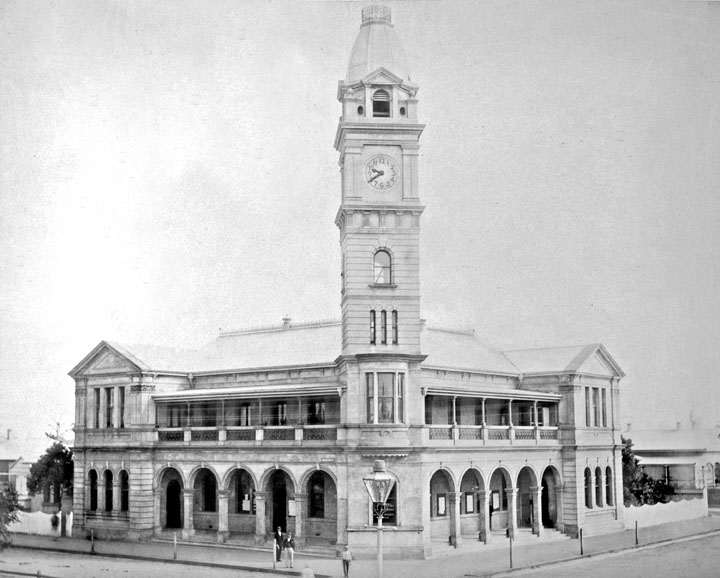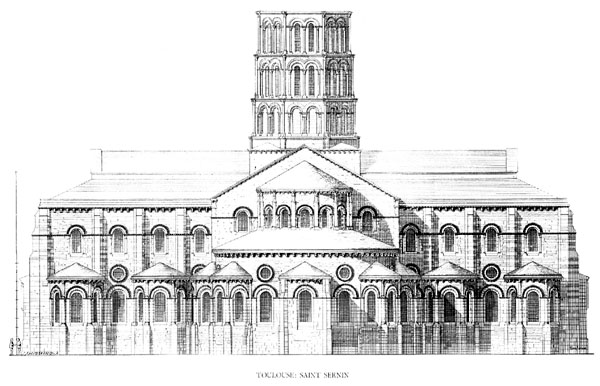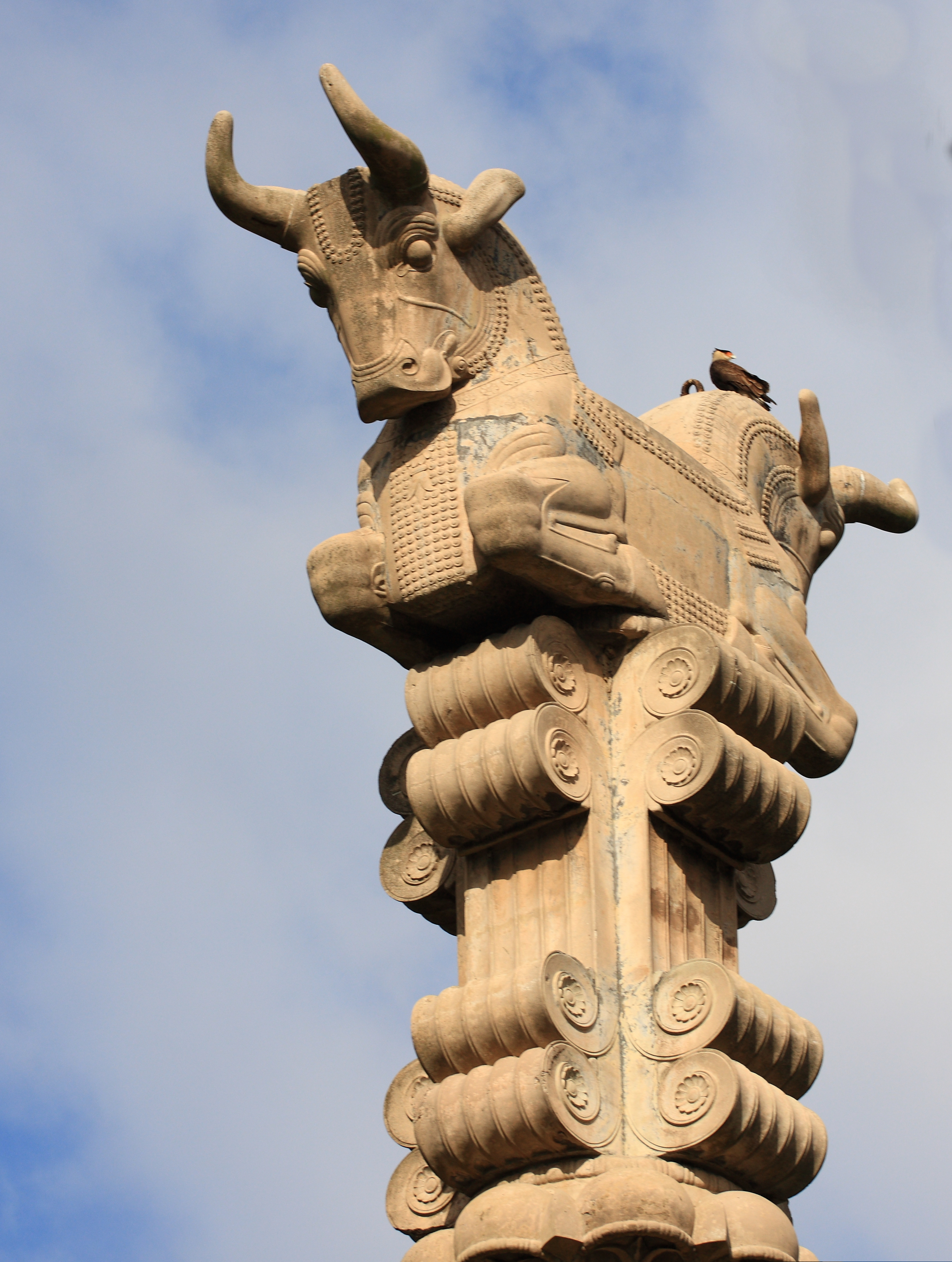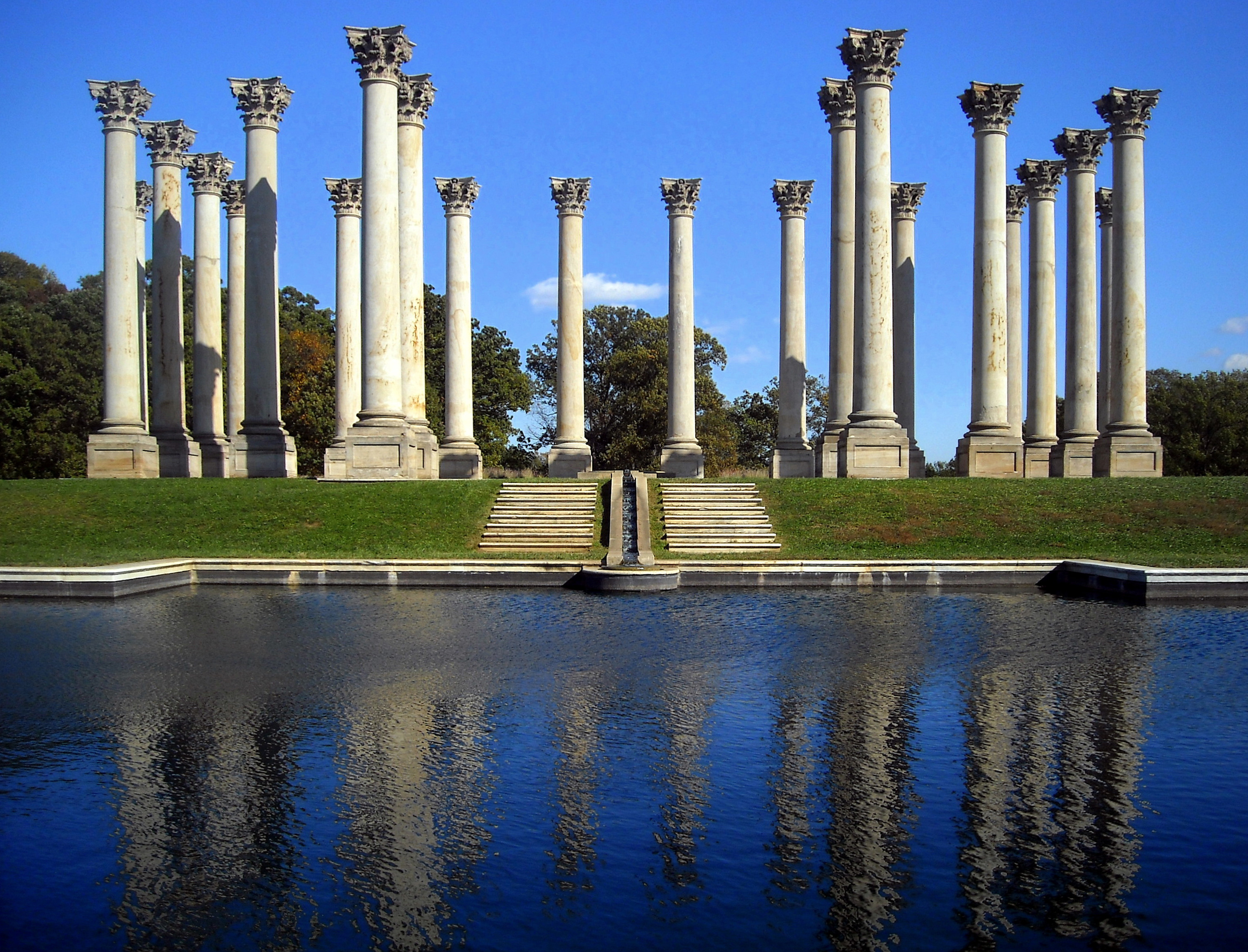|
Bundaberg Post Office
Bundaberg Post Office is a heritage-listed post office at 155a Bourbong Street, Bundaberg Central, Bundaberg, Bundaberg Region, Queensland, Australia. It was added to the Australian Commonwealth Heritage List on 8 November 2011. History After JJ Clark's dismissal as Queensland Colonial Architect in 1885, various emerging projects were left in limbo. One was the new Bundaberg Post Office, intended to replace a smaller post and telegraph office built in c.1879. Charles McLay, who like John Smith Murdoch was another Scot initially mentored by Clark, submitted designs for Bundaberg's new post office in 1886 to the new Colonial Architect, George St Paul Connolly. There were three of these designs in all - Connolly favoured internal competitions for Public Works designs - of which this one was chosen after revisions between 1887 and 1889. During this time McLay was promoted to chief draftsman in the Colonial Architect's office. He designed the Brisbane Customs House in 1886, a ... [...More Info...] [...Related Items...] OR: [Wikipedia] [Google] [Baidu] |
Bundaberg Central, Queensland
Bundaberg Central is the central suburb and central business district of Bundaberg in the Bundaberg Region, Queensland, Australia. In the , Bundaberg Central had a population of 316 people. Geography The suburb is bounded by the Burnett River to the north, Bundaberg Creek to the east, Saltwater Creek to the south and the North Coast railway line to the west. History In 1869, a cemetery was established a block bounded by Woongarra, Maryborough, Woondooma and McLean Streets (). But it was quickly recognised this could not be a long-term option and a new site of was reserved for a new cemetery (now within Millbank) and burials commenced there in 1873. In 1881 the deteriorating condition of the old cemetery led to calls to exhume and relocate the burials from the old cemetery to the new, with the rationale that the proceeds of selling the land of the old cemetery would outweigh the cost of relocating the graves. The relocation of the graves was completed by January 1882. B ... [...More Info...] [...Related Items...] OR: [Wikipedia] [Google] [Baidu] |
Queensland State Archives 2685 Post And Telegraph Offices Bundaberg C 1890
) , nickname = Sunshine State , image_map = Queensland in Australia.svg , map_caption = Location of Queensland in Australia , subdivision_type = Country , subdivision_name = Australia , established_title = Before federation , established_date = Colony of Queensland , established_title2 = Separation from New South Wales , established_date2 = 6 June 1859 , established_title3 = Federation , established_date3 = 1 January 1901 , named_for = Queen Victoria , demonym = , capital = Brisbane , largest_city = capital , coordinates = , admin_center_type = Administration , admin_center = 77 local government areas , leader_title1 = Monarch , leader_name1 = Charles III , leader_title2 = Governor , leader_name2 = Jeannette Young , leader_title3 = Premier , leader_name3 = Annastacia Palaszczuk ( ALP) , legislature = Parliament of Queensland , judiciary = Supreme Court of Queensland , national_representation = Parliament of Australia , national_representati ... [...More Info...] [...Related Items...] OR: [Wikipedia] [Google] [Baidu] |
Romanesque Architecture
Romanesque architecture is an architectural style of medieval Europe characterized by semi-circular arches. There is no consensus for the beginning date of the Romanesque style, with proposals ranging from the 6th to the 11th century, this later date being the most commonly held. In the 12th century it developed into the Gothic style, marked by pointed arches. Examples of Romanesque architecture can be found across the continent, making it the first pan-European architectural style since Imperial Roman architecture. The Romanesque style in England and Sicily is traditionally referred to as Norman architecture. Combining features of ancient Roman and Byzantine buildings and other local traditions, Romanesque architecture is known by its massive quality, thick walls, round arches, sturdy pillars, barrel vaults, large towers and decorative arcading. Each building has clearly defined forms, frequently of very regular, symmetrical plan; the overall appearance is one of simpli ... [...More Info...] [...Related Items...] OR: [Wikipedia] [Google] [Baidu] |
Cornice
In architecture, a cornice (from the Italian ''cornice'' meaning "ledge") is generally any horizontal decorative moulding that crowns a building or furniture element—for example, the cornice over a door or window, around the top edge of a pedestal, or along the top of an interior wall. A simple cornice may be formed just with a crown, as in crown moulding atop an interior wall or above kitchen cabinets or a bookcase. A projecting cornice on a building has the function of throwing rainwater free of its walls. In residential building practice, this function is handled by projecting gable ends, roof eaves and gutters. However, house eaves may also be called "cornices" if they are finished with decorative moulding. In this sense, while most cornices are also eaves (overhanging the sides of the building), not all eaves are usually considered cornices. Eaves are primarily functional and not necessarily decorative, while cornices have a decorative aspect. A building's project ... [...More Info...] [...Related Items...] OR: [Wikipedia] [Google] [Baidu] |
Veranda
A veranda or verandah is a roofed, open-air gallery or porch, attached to the outside of a building. A veranda is often partly enclosed by a railing and frequently extends across the front and sides of the structure. Although the form ''verandah'' is correct and very common, some authorities prefer the version without an "h" (the ''Concise Oxford English Dictionary'' gives the "h" version as a variant and '' The Guardian Style Guide'' says "veranda not verandah"). Australia's ''Macquarie Dictionary'' prefers ''verandah''. Architecture styles notable for verandas Australia The veranda has featured quite prominently in Australian vernacular architecture and first became widespread in colonial buildings during the 1850s. The Victorian Filigree architecture style is used by residential (particularly terraced houses in Australia and New Zealand) and commercial buildings (particularly hotels) across Australia and features decorative screens of wrought iron, cast iron "lace" ... [...More Info...] [...Related Items...] OR: [Wikipedia] [Google] [Baidu] |
Stylobate
In classical Greek architecture, a stylobate ( el, στυλοβάτης) is the top step of the crepidoma, the stepped platform upon which colonnades of temple columns are placed (it is the floor of the temple). The platform was built on a leveling course that flattened out the ground immediately beneath the temple. Etymology The term ''stylobate'' comes from the Ancient Greek στυλοβάτης, consisting of στῦλος stylos, "column", and βατός batos, "walkable, mountable", itself derived from βαίνω baino "to stride, to walk". Terminology Some methodologies use the word ''stylobate'' to describe only the topmost step of the temple's base, while stereobate is used to describe the remaining steps of the platform beneath the stylobate and just above the leveling course. Others, like John Lord, use the term to refer to the entire platform. Architectural use The stylobate was often designed to relate closely to the dimensions of other elements of the temple. In G ... [...More Info...] [...Related Items...] OR: [Wikipedia] [Google] [Baidu] |
Arcade (architecture)
An arcade is a succession of contiguous arches, with each arch supported by a colonnade of columns or piers. Exterior arcades are designed to provide a sheltered walkway for pedestrians. The walkway may be lined with retail stores. An arcade may feature arches on both sides of the walkway. Alternatively, a blind arcade superimposes arcading against a solid wall. Blind arcades are a feature of Romanesque architecture that influenced Gothic architecture. In the Gothic architectural tradition, the arcade can be located in the interior, in the lowest part of the wall of the nave, supporting the triforium and the clerestory in a cathedral, or on the exterior, in which they are usually part of the walkways that surround the courtyard and cloisters. Many medieval arcades housed shops or stalls, either in the arcaded space itself, or set into the main wall behind. From this, "arcade" has become a general word for a group of shops in a single building, regardless of the architect ... [...More Info...] [...Related Items...] OR: [Wikipedia] [Google] [Baidu] |
Molding (decorative)
Moulding (spelled molding in the United States), or coving (in United Kingdom, Australia), is a strip of material with various profiles used to cover transitions between surfaces or for decoration. It is traditionally made from solid milled wood or plaster, but may be of plastic or reformed wood. In classical architecture and sculpture, the moulding is often carved in marble or other stones. A "plain" moulding has right-angled upper and lower edges. A "sprung" moulding has upper and lower edges that bevel towards its rear, allowing mounting between two non-parallel planes (such as a wall and a ceiling), with an open space behind. Mouldings may be decorated with paterae as long, uninterrupted elements may be boring for eyes. Types Decorative mouldings have been made of wood, stone and cement. Recently mouldings have been made of extruded PVC and Expanded Polystyrene (EPS) as a core with a cement-based protective coating. Synthetic mouldings are a cost-effective alternative ... [...More Info...] [...Related Items...] OR: [Wikipedia] [Google] [Baidu] |
Capital (architecture)
In architecture the capital (from the Latin ''caput'', or "head") or chapiter forms the topmost member of a column (or a pilaster). It mediates between the column and the load thrusting down upon it, broadening the area of the column's supporting surface. The capital, projecting on each side as it rises to support the abacus, joins the usually square abacus and the usually circular shaft of the column. The capital may be convex, as in the Doric order; concave, as in the inverted bell of the Corinthian order; or scrolling out, as in the Ionic order. These form the three principal types on which all capitals in the classical tradition are based. The Composite order established in the 16th century on a hint from the Arch of Titus, adds Ionic volutes to Corinthian acanthus leaves. From the highly visible position it occupies in all colonnaded monumental buildings, the capital is often selected for ornamentation; and is often the clearest indicator of the architectu ... [...More Info...] [...Related Items...] OR: [Wikipedia] [Google] [Baidu] |
Tuscan Order
The Tuscan order (Latin ''Ordo Tuscanicus'' or ''Ordo Tuscanus'', with the meaning of Etruscan order) is one of the two classical orders developed by the Romans, the other being the composite order. It is influenced by the Doric order, but with un-fluted columns and a simpler entablature with no triglyphs or guttae. While relatively simple columns with round capitals had been part of the vernacular architecture of Italy and much of Europe since at least Etruscan architecture, the Romans did not consider this style to be a distinct architectural order (for example, the Roman architect Vitruvius did not include it alongside his descriptions of the Greek Doric, Ionic, and Corinthian orders). Its classification as a separate formal order is first mentioned in Isidore of Seville's ''Etymologies'' and refined during the Italian Renaissance. Sebastiano Serlio described five orders including a "Tuscan order", "the solidest and least ornate", in his fourth book of ''Regole gener ... [...More Info...] [...Related Items...] OR: [Wikipedia] [Google] [Baidu] |
Columns
A column or pillar in architecture and structural engineering is a structural element that transmits, through compression, the weight of the structure above to other structural elements below. In other words, a column is a compression member. The term ''column'' applies especially to a large round support (the shaft of the column) with a capital and a base or pedestal, which is made of stone, or appearing to be so. A small wooden or metal support is typically called a '' post''. Supports with a rectangular or other non-round section are usually called '' piers''. For the purpose of wind or earthquake engineering, columns may be designed to resist lateral forces. Other compression members are often termed "columns" because of the similar stress conditions. Columns are frequently used to support beams or arches on which the upper parts of walls or ceilings rest. In architecture, "column" refers to such a structural element that also has certain proportional and decorativ ... [...More Info...] [...Related Items...] OR: [Wikipedia] [Google] [Baidu] |
Astylar
Astylar (from Gr. ''ἀ-'', privative, and ''στῦλος'', a column) is an architectural term given to a class of design in which neither columns nor pilasters are used for decorative purposes; thus the Riccardi and Strozzi palaces in Florence are astylar in their design, in contradistinction to Palladio's palaces at Vicenza Vicenza ( , ; ) is a city in northeastern Italy. It is in the Veneto region at the northern base of the '' Monte Berico'', where it straddles the Bacchiglione River. Vicenza is approximately west of Venice and east of Milan. Vicenza is a t ..., which are columnar. References Architectural terminology {{Arch-style-stub ... [...More Info...] [...Related Items...] OR: [Wikipedia] [Google] [Baidu] |










